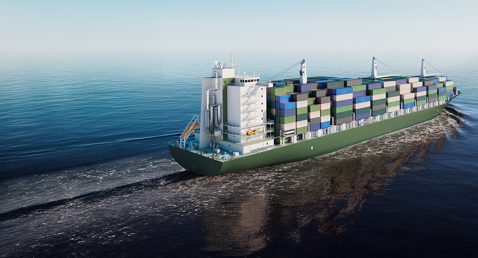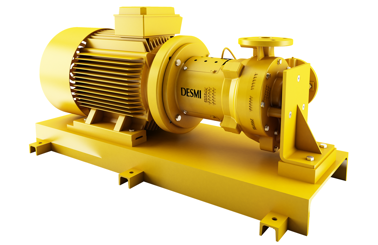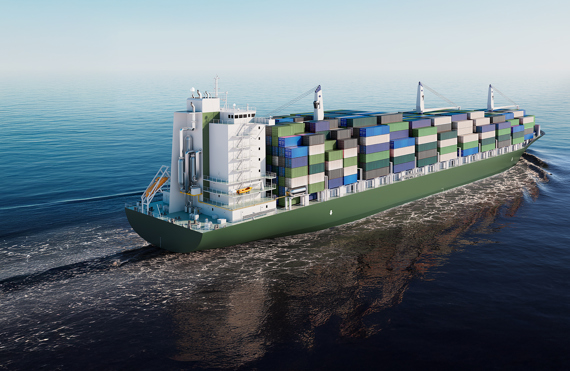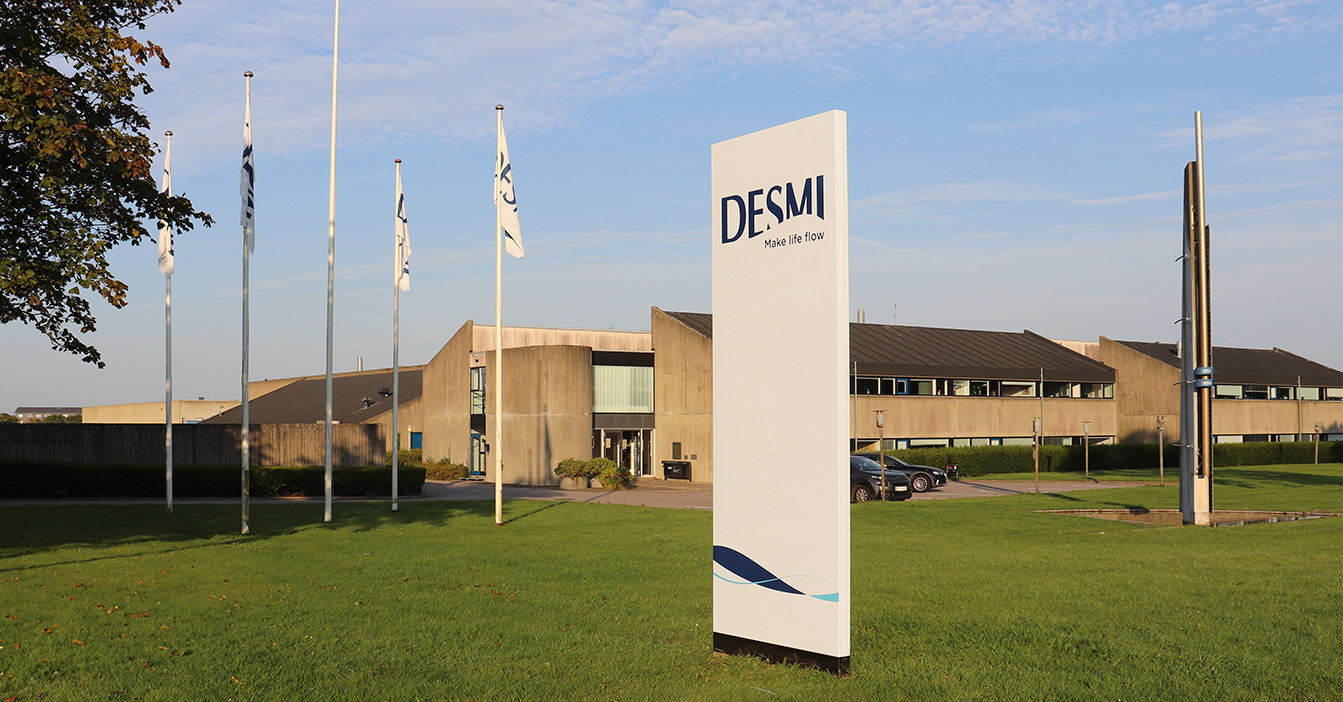How does Carbon Capture technology work?
Carbon capture technology is designed to reduce CO₂ emissions by trapping carbon dioxide before it reaches the atmosphere. The carbon capture process involves capturing CO₂ at the source, converting it into liquid form, transporting it, and finally storing it securely underground.
For industries and shipping companies, understanding how carbon capture works is key to meeting climate targets and complying with stricter environmental regulations. This page explains the methods, processes, and carbon capture and storage technologies that make it possible.
The Carbon Capture Process
Carbon Capture Methods
There are different carbon capture methods, each suited to specific applications and industries. While post-combustion absorption with solvents is the most established, alternative approaches are emerging and gaining attention.
- Post-combustion capture – This is the most common method used today. Flue gases are first cooled, cleaned, and stripped of moisture before entering an absorber. Here, the gas is brought into contact with a solvent, often amine-based, which binds with the CO₂. The CO₂-rich solvent is then heated in a stripper to release the CO₂. After release, the CO₂ is compressed and cooled into liquid form, while the solvent is cooled and reused in a continuous cycle. This approach is proven, but efficiency depends on precise control of process conditions such as temperature and solvent handling.
- Cryogenic capture – In this method, the flue gas is cleaned in a similar way to solvent systems but then compressed and cooled until the CO₂ crystallizes, typically at –40 to –50 °C. Other gases are released, and the solid CO₂ is reheated to form liquid CO₂ for storage. Cryogenic capture can be a good solution for industries with a high CO₂ concentration in their flue gas, such as cement and steel manufacturing.
- Membranes and solid sorbents – Instead of solvents, these technologies use physical barriers or advanced materials to separate CO₂. Membranes allow CO₂ molecules to pass through while blocking other gases. Solid sorbents, such as metal-organic frameworks (MOFs) or amine-based materials, capture CO₂ molecules on their surface at low temperature and pressure. The CO₂ is then released through heating or pressure swing. These methods are particularly promising for industrial processes with high CO₂ concentrations.
- Direct Water Capture (DWC) – Still at an early stage of development, Direct Water Capture extracts CO₂ directly from seawater, where concentrations are higher than in air. The process relies on electrochemical or thermal reactions to remove dissolved CO₂, which is then collected for storage or potential utilization. While DWC is not yet commercial, it could complement other capture methods in the future, especially in regions with water-intensive industries.
Carbon capture is also referred to as carbon capture utilisation and storage (CCUS). The process is similar to CCS, but CCUS emphasizes reusing the captured CO₂, for example in manufacturing or industrial processes. Since utilization is not yet widespread, CCS remains the most common term.
Carbon Capture Technologies
Carbon capture and storage technology depends on pumps and flow systems that handle solvents, liquid CO₂, and high-pressure conditions. These technologies keep the carbon capture process efficient, stable, and safe across all stages.
Carbon Capture Solutions
End-to-end carbon capture solutions cover solvent circulation, liquid CO₂ transfer, and the high pressures needed for underground injection. Systems are often engineered as skid-based, containerized, or modular setups, which makes them straightforward to install, expand, and adapt to future requirements.
Developing such solutions involves close cooperation between license holders, EPCs, consultants, and operators to ensure safe and reliable operation. A holistic approach to the entire carbon capture and storage technology cycle is essential for efficiency and long-term stability.











